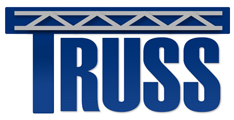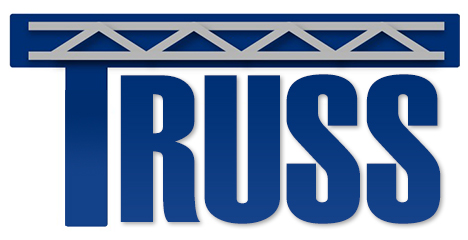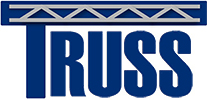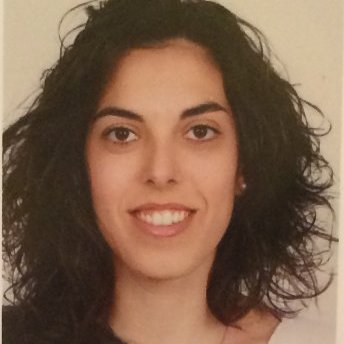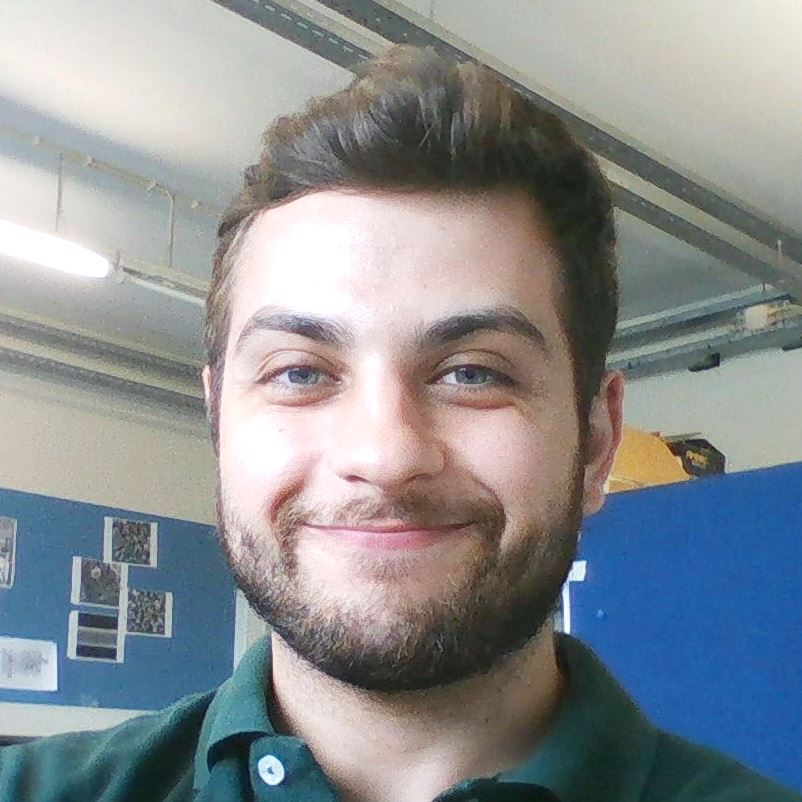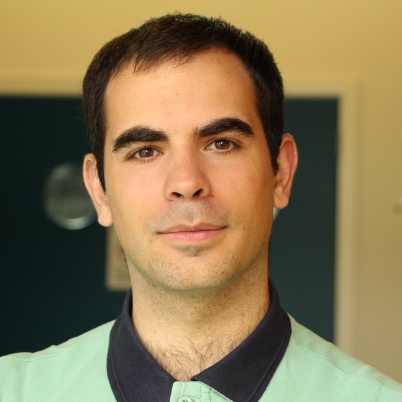 Early Stage Researcher
Early Stage Researcher
University College Dublin (Ireland)
Project 12: Bridge damage detection using an instrumented vehicle
Research Interests:
Structural dynamics; Health monitoring; Bridge assessment; Traffic loading
Biography:
In 2008, he came finalist in Math’s Olimpiad of Asturias (Spain), which took place in Gijon, and in 2010, was selected to participate in the Asturias Chemistry Olympiad. He obtained an average mark of 9.258 out of 10 in his A-level and 9.375 out of 10 in the exam to enter University. In 2015, he has completed the double mention of the Civil Engineering degree in Mieres, University of Oviedo (Spain), including a 3rd year carried out in the English language in the Czech Technical University of Prague (Czech Republic). His academic record average is 7.95 out of 10. He is fluent both in Spanish and English, and he has basics of French and Czech languages.
He is enrolled in UCD (Ireland) from September 2015 thanks to the Marie Sklodowska-Curie program, where he is investigating the use of an instrumented vehicle for detecting damage from the vibration when crossing a bridge. A summary of his research highlights and training, dissemination and outreach activities in TRUSS other than network-wide events, is provided in the pdf below, followed by more detailed info on his research outputs.
Research Outputs:
This paper describes a new procedure for bridge damage identification through drive-by monitoring. Instantaneous curvature (IC) is presented as a means to determine a local loss of stiffness in a bridge through measurements collected from a passing instrumented vehicle. Moving reference curvature (MRC) is compared with IC as a damage detection tool. It is assumed that absolute displacements on the bridge can be measured by the vehicle. The bridge is represented by a finite element (FE) model. A Half-car model is used to represent the passing vehicle. Damage is represented as a local loss of stiffness in different parts of the bridge. 1% random noise and no noise environments are considered to evaluate the effectiveness of the method. A generic road surface profile is also assumed. Numerical simulations show that the local damage can be detected using IC if the deflection responses can be measured with sufficient accuracy. Damage quantification can be obtained from MRC. [DOI] -> Link to full text in repository
Conference contributions
This paper develops a Bridge Weigh-In-Motion (BWIM) system which uses accelerometers instead of strain gauges to estimate the Gross Vehicle Weights (GVWs) of passing vehicles. The statistical properties of vehicles at a site (such as mean GVW) tend to be consistent so these properties can be a useful indicator of bridge condition. Conventional BWIM systems using strain gauges[1] are effective in finding traffic loads but strain gauges are not sensitive to bridge damage, except locally at the sensor location. Acceleration on the other hand, is influenced by damage at any location [2]. For this reason, the focus of this paper is the design of a BWIM system using accelerometers. To assess the feasibility of the system, the acceleration responses of a bridge at midspan are simulated for a single quarter car axle passing over it at different weights. It is shown that the system is substantially linear, i.e., amplitude is related linearly to axle weight. The concept of BWIM is to minimise the difference between measured and theoretical responses to applied load – inferred axle weights are those that minimise the sum of squared differences. The theoretical response is calculated as a linear combination of the responses to unit axle loads[3]. A vehicle bridge dynamic interaction analysis is carried out to simulate a population of 120 trucks crossing a typical bridge. The acceleration signals are extracted from these analyses. The BWIM algorithm is applied to infer the vehicle weights from these simulated ‘measured’ acceleration responses. The calculated axle weights are moderately accurate – classified as Class C according to the COST 323 Weigh-in-Motion classification system [1]. The relationship between axle weights and acceleration response is influenced by the bridge condition. It is therefore concluded that any change in bridge condition will manifest itself as an incorrect change in inferred vehicle weights.
References:
[1] Richardson, J., Jones, S., Brown, A., OBrien, E. and Hajializadeh, D. 2014. On the Use of Bridge Weigh-in-Motion for Overweight Truck Enforcement, International Journal of Heavy Vehicle Systems, 21(2): 83-104.[2] Ojio, T, Carey, C. H., OBrien, E. J., Doherty, C,Taylor, S. E. 2016. Contactless Bridge Weigh-in-Motion. Journal of Bridge Engineering, ASCE, 21(7): 04016032[3] Brien, E.J. Quilligan, M. and Karoumi, R. 2006. Calculating an Influence Line from Direct Measurements. Proceedings of the Institution of Civil Engineers: Bridge Engineering, 159(3): 31-34.This paper reports on recent contributions by the Marie Skłodowska-Curie Innovative Training Network titled TRUSS (Training in Reducing Uncertainty of Structural Safety) to the field of structural safety in rail and road bridges (http://trussitn.eu). In TRUSS, uncertainty in bridge safety is addressed via cost efficient structural performance monitoring and fault diagnostics methods including: (1) the use of the rotation response due to the traffic traversing a bridge and weigh-in-motion concepts as damage indicator, (2) the combination of design parameters in probabilistic context for geometrical and material properties, traffic data and assumption on level of deterioration to evaluate bridge safety (via Bayesian updating and a damage indicator based on real time measurement), (3) the application of a fuzzy classification technique via feature selection extracted using empirical mode decomposition to detect failure, and (4) the testing of alternative vibration based damage sensitive features other than modal parameters. Progress has also been made in improving modern technologies based on optical fiber distributed sensing, and sensors mounted on instrumented terrestrial and on aerial vehicles, in order to gather more accurate and efficient info about the structure. More specifically, the following aspects have been covered: (a) the spatial resolution and strain accuracy obtained with optical distributed fiber when applied to concrete elements as well as the ideal adhesive, and the potential for detecting crack or abnormal deflections without failure or debonding, (b) the possibility of using the high-resolution measurement capabilities of the Traffic Speed Deflectometer for bridge monitoring purposes and, (c) the acquisition of bridge details and defects via unmanned aerial vehicles. -> Link to full text in academic repository
The aim of this paper is to present the latest developments in the use of an instrumented vehicle called the Traffic Speed Deflectometer (TSD). A large axle load is applied to the pavement under the TSD. The deflection caused by this axle load is measured using several Doppler lasers. In the first step, the velocity of the deflection of the pavement is measured which can be shown to be proportional to the slope of the deformed profile. The pavement deflection is calculated in the second step using an integration model. A Winkler model is used to simulate the pavement behaviour under the axle load and the TSD is represented as a half-car model. The TSD is shown to be an effective tool for pavement damage detection. -> Link to full text in repository
The aim of this paper is to present the latest developments in the use of an instrumented vehicle called the Traffic Speed Deflectometer (TSD). A large axle load is applied to the pavement under the TSD. The deflection caused by this axle load is measured using several Doppler lasers. In the first step, the velocity of the deflection of the pavement is measured which can be shown to be proportional to the slope of the deformed profile. The pavement deflection is calculated in the second step using an integration model. A Winkler model is used to simulate the pavement behaviour under the axle load and the TSD is represented as a half-car model. The TSD is shown to be an effective tool for pavement damage detection. -> Link to full text in repository
Among all the Structural Health Monitoring (SHM) recent methods found in literature, drive by monitoring has demonstrated to be promising for damage detection purposes, particularly in bridges. As curvatures can be derived from displacement measurements taken by this method, they can also be used for damage detection, which has already been successfully demonstrated. This paper describes the use of Instantaneous Curvature (IC) for that purpose. Once the absolute displacements of the bridge are measured, damage location and quantification can be obtained through IC when having a moving reference over a bridge. In this paper, a bridge is represented by a finite element model of a Euler-Bernoulli beam. A Half-Car model of a vehicle is used to represent a Traffic Speed Deflectometer (TSD), a drive-by monitoring vehicle. Damage is represented as a loss of stiffness in different parts of the bridge and 1 % measurement noise is added. A generic road profile is also considered. Healthy and damaged states of the bridge are compared in order to validate the method. -> Link to full text in repository
The Traffic Speed Deflectometer (TSD) is a vehicle incorporating a set of laser Doppler vibrometers on a straight beam to measure the relative velocity between the beam and the pavement surface. This paper describes a numerical study to see if a TSD could be used to detect damage in a bridge. From this measured velocity it is possible to obtain the curvature of the bridge, from whose analysis, it will be demonstrated that information on damage can be extracted. In this paper a Finite Element model is used to simulate the vehicle crossing a single span bridge, for which deflections and curvatures are calculated. From these numerical simulations, it is possible to predict the change in the curvature signal when the bridge is damaged. The method looks promising and it suggests that this drive-by approach is more sensitive to damage than sensors installed on the bridge itself. -> Link to full text in repository
Considerable effort has been dedicated in recent years to the development of bridge damage detection techniques. Recently, drive-by monitoring has become popular as it allows the bridge to be monitored without installing sensors on it. In this work, the Traffic Speed Deflectometer (TSD), which incorporates a set of laser Doppler sensors on a straight beam to obtain the relative velocity between the vehicle and the pavement surface, is modelled to obtain deflections on the bridge as the vehicle drives. From these deflections it is possible to obtain the curvature of the bridge, from which inferences on damage can be made. However, most of the time, the measurements taken by drive-by sensors are subject to a set of uncertainties or noise that can lead the damage detection procedure to either give false positives or to miss damage. For that reason, an analysis is needed in order to determine if these methods can work properly in uncertain or noisy environments. Moreover, as the road surface roughness affects the dynamic interaction between the vehicle and the bridge, this may also have an effect on the damage predictions. Hence, the goal of this paper is to study the sensitivity of curvature measurements to both the presence of environmental noise and the effect of the road surface roughness. -> Link to full text in repository
Drive-by monitoring has received increasing attention in recent years, as it has great potential useful for Structural Health Monitoring (SHM) applications. Although direct instrumentation of civil infrastructures has been demonstrated to be a way of detecting damage, it is also a very expensive method as it requires data acquisition, storage and transmission facilities on each bridge. Drive-by constitutes an alternative that allows the monitoring of a bridge without the necessity of installing sensors on it. In this numerical study, the vertical displacements of the bridge are used for damage detection purposes. The goal of this paper is to describe a model that can reproduce the vertical displacements of the bridge when a simulated vehicle is driving through and show how these displacements change with damage. Vertical displacements are calculated before and after damage, so that the sensitivity of the data to bridge damage can be determined.
A finite element (FE) model of a simply supported beam interacting with a moving half car is used in this study. Damage is represented as a loss of stiffness in several parts of the bridge. Vertical displacements are generated at a moving reference for healthy and damaged states, corresponding to vehicle location on the bridge. Two options are explored, the first axle and the second one, as the locations to fix the simulated sensor on the vehicle. -> Link to full text in repository
